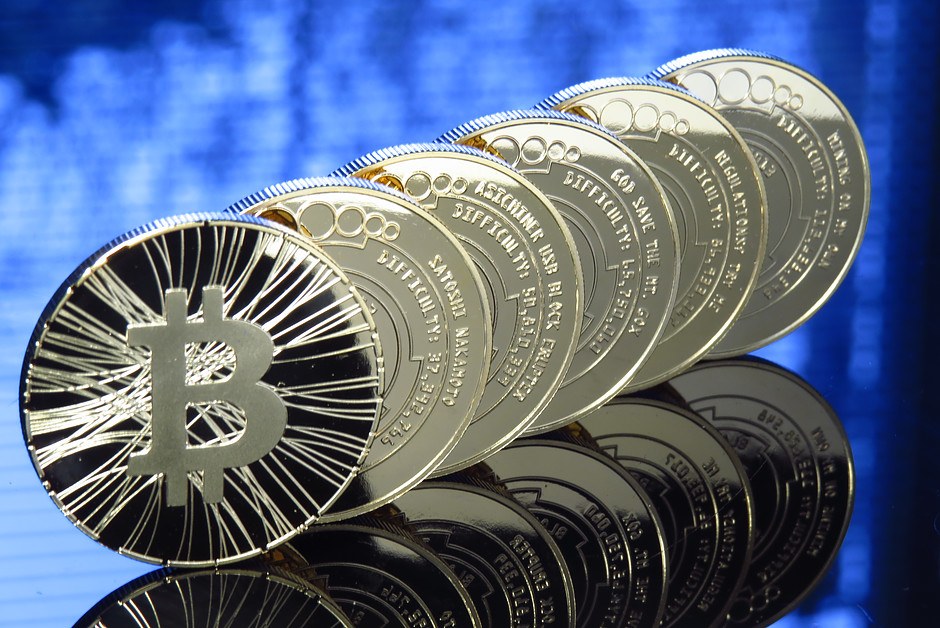Bitcoin leverage ramps up as BTC's margin long-to-shorts ratio hits a record $2.5B high

BTC traders at Bitfinex and OKX are unwilling to use margin markets for bearish bets, creating an alarming imbalance that investors should pay close attention to.
Crypto traders' urge to create leverage positions with Bitcoin appears irresistible to many people, but it's impossible to know if these traders are extreme risk-takers or savvy market makers hedging their positions. The need to maintain hedges holds even if traders rely on leverage merely to reduce their counterparty exposure by maintaining a collateral deposit and the bulk of their position on cold wallets.
Not all leverage is reckless
Regardless of the reason for traders' use of leverage, currently there is a highly unusual imbalance in margin lending markets that favors BTC longs betting on a price increase. Despite this, so far, the movement has been restricted on margin markets because the BTC futures markets remained relatively calm throughout 2023.
Margin markets operate differently from futures contracts in two main areas. Those are not derivatives contracts, meaning the trade happens on the same order book as regular spot trading and unlike futures contracts, the balance between margin longs and shorts is not always matched.
For instance, after buying 20 Bitcoin using margin, one can literally withdraw the coins from the exchange. Of course, there must be some form of collateral, or a margin deposit, for the trade and this is usually based on stablecoins. If the borrower fails to return the position, the exchange will automatically liquidate the margin to repay the lender.
The borrower must also pay an interest rate for the BTC bought with margin. The operational procedures will vary between marketplaces held by centralized and decentralized exchanges, but usually the lender gets to decide the rate and duration of the offers.
Margin traders can either long or short
Margin trading allows investors to leverage their positions by borrowing stablecoins and using the proceeds to buy more cryptocurrency. When these traders borrow Bitcoin, they use the coins as collateral for short positions, which means they are betting on a price decrease.
That is why analysts monitor the total lending amounts of Bitcoin and stablecoins to understand whether investors are leaning bullish or bearish. Interestingly, Bitfinex margin traders entered their highest leverage long/short ratio on Feb. 26.
Bitfinex margin Bitcoin longs/shorts ratio. Source: TradingView
Historically, Bitfinex margin traders are known for creating margin positions of 10,000 BTC or higher quickly, indicating the participation of whales and large arbitrage desks.
As the above chart indicates, on Feb. 26, the BTC/USD long (bulls) margin demand outpaced shorts (bears) by 133 times, at 105,300 BTC. Before 2023, the last time this indicator reached an all-time high favoring longs was Sept. 12, 2022. Unfortunately, for bulls, the result benefited bears as Bitcoin nosedived 19% over the following six days.
Traders should cross-reference the data with other exchanges to ensure the anomaly is market-wide, especially since each marketplace holds different risks, norms, liquidity and availability.
OKX, for instance, provides a margin lending indicator based on the stablecoin/BTC ratio. At OKX, traders can increase exposure by borrowing stablecoins to buy Bitcoin. On the other hand, Bitcoin borrowers can only bet on the decline of a cryptocurrency's price.
OKX stablecoin/BTC margin lending ratio. Source: OKX
The above chart shows that OKX traders' margin lending ratio increased through February, signaling that professional traders added leveraged long positions even as Bitcoin price failed to break the $25,000 resistance multiple times between Feb. 16 and Feb. 23.
Furthermore, the margin ratio at OKX on Feb. 22 was the highest level seen in over six months. This level is highly unusual and matches the trend seen at Bitfinex where a strong imbalance favored Bitcoin margin longs.
The difference in the cost of leverage could explain the imbalance
The rate for leverage BTC longs at Bitfinex has been almost nonexistent throughout 2023, currently sitting below 0.1% per year. In short, traders should not panic, considering the cost of margin lending remains in a zone that is deemed healthy, and the imbalance is not present in futures contracts markets.
There may be a plausible explanation for the movement, which did not happen overnight. For instance, a possible culprit is the rising cost of stablecoin lending.
Instead of the minimal rate offered for Bitcoin loans, stablecoin borrowers pay 25% per year on Bitfinex. That cost increased significantly in November 2022 when the leading derivatives exchange FTX and their market maker Alameda Research blew up.
As long as Bitcoin margin markets remain extremely unbalanced, traders should continue monitoring the data for additional signs of stress. Currently, no red flags are raised, but the size of the Bitfinex BTC/USD longs ($2.5 billion position) should be a reason for concern.
Author

Cointelegraph Team
Cointelegraph
We are privileged enough to work with the best and brightest in Bitcoin.






